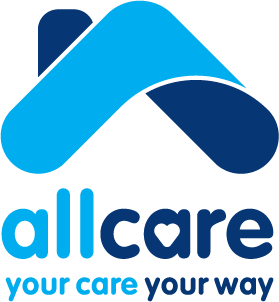Managing Osteoarthritis through exercise
Joanne Buchan, SAVVY’s Head of Clinical Services shares how exercise can improve the symptoms of Osteoarthritis and what types of exercises can be incorporated into your weekly routine.
WHAT IS OSTEOARTHRITIS?
Osteoarthritis (OA) is a degenerative joint disease characterised by the breakdown of cartilage, leading to pain, stiffness, and decreased mobility. While it may seem counterintuitive, incorporating exercise into your routine can be one of the most effective strategies to manage OA symptoms.
MOTION IS LOTION
Exercise offers multiple benefits for those living with OA. Exercise enhances muscle strength. Stronger muscles provide better joint support, and reduces the burden on the joints. This can alleviate pain and improve function. Exercise boosts flexibility and range of motion. By engaging in targeted exercise, individuals can maintain joint motion, making daily movements easier and less painful.
WHY IS EXERCISE BENEFICIAL?
Exercises, such as walking, swimming, or cycling, are crucial. These low-impact activities increase blood flow to the cartilage, which can help nourish it and may slow the progression of OA. Cardiovascular workouts can also contribute to weight management. Excess weight puts additional strain on joints every step that you take, particularly the knees and hips, exacerbating OA pain. By shedding extra kilograms, you can lessen this stress and improve symptoms. Strengthening, stretching, and aerobic exercises can significantly diminish the pain and limitations of OA, enhancing quality of life without the need for complex interventions. It’s a simple yet powerful tool in managing osteoarthritis. Importantly, exercise releases endorphins, the body’s natural painkillers. These chemicals elevate mood and provide pain relief, making the discomfort of OA more manageable. It’s a natural and healthy way to cope with the pain associated with the condition.
WHERE DO I START?
If you are unsure about starting any exercise program, individuals with OA should consult with allied health professionals to design a program that is safe and effective. Tailored exercises that consider the severity and location of OA, individual fitness levels, and personal preferences are more likely to be beneficial and enjoyable, leading to sustained activity. SAVVY offer general exercise classes, specific group classes as well as an intensive program known as GLA:D to target hip and knee arthritis in particular. SAVVY can assist with 1:1 assessment to help you to find the most effective and safe programs.
“By engaging in targeted exercise,
individuals can maintain joint motion,
making daily movements easier and less
painful.”




